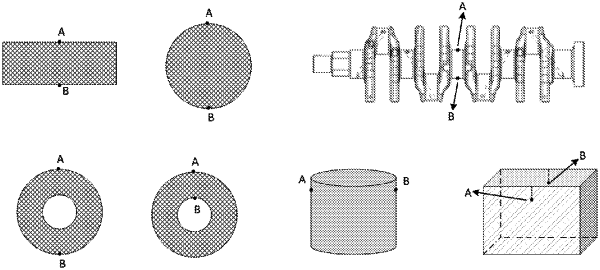| CPC B25J 9/1666 (2013.01) [B25J 9/1669 (2013.01); B25J 15/0683 (2013.01)] | 8 Claims |

|
1. A method for motion planning of a robot, characterized in performing collision degree detection on an object, the method comprising:
loading a space model of a real scene where the object is located;
performing collision detection on the object and each of at least one collision subject in the space model; and
determining a motion planning scheme for the robot corresponding to a result of the collision detection based on a collision sensitivity of the object and a collision sensitivity of each of the at least one collision subject, the motion planning scheme being formed by the robot operating on the object,
wherein the robot is configured to move based on the determined motion planning scheme when operating the object,
wherein said performing the collision detection on the object and each of the at least one collision subject in the space model comprises:
determining a degree of overlap between a collision model of the object and a subject model of the collision subject; and
determining a collision degree of the collision subject based on the degree of overlap and resolutions of the collision model and the subject model in the space model,
wherein the collision model comprises a set of cubes formed by dividing a space occupied by the object at a first resolution in the space model, and the subject model comprises a set of cubes formed by dividing a space occupied by the collision subject at a second resolution in the space model, and
wherein said determining the collision degree of the collision subject based on the degree of overlap and the resolutions of the collision model and the subject model in the space model comprises:
determining a set of overlapping cubes between the collision model and the subject model; and
determining a depth weight of each cube in the set of overlapping cubes based on distances between the cube and corresponding surfaces of the models, and determining a collision degree between the collision model and the subject model based on the depth weight and the degree of overlap, wherein the degree of overlap is a number of cubes in the set of overlapping cubes.
|